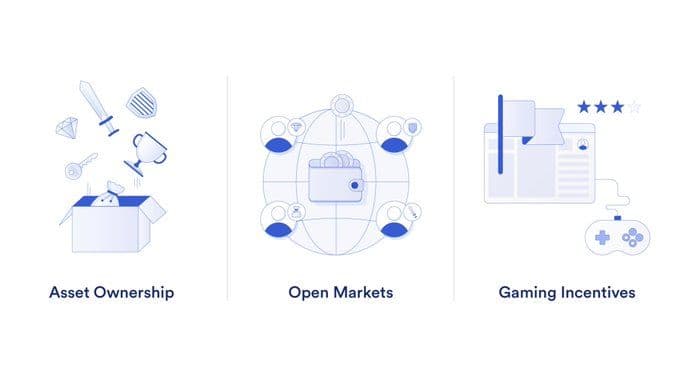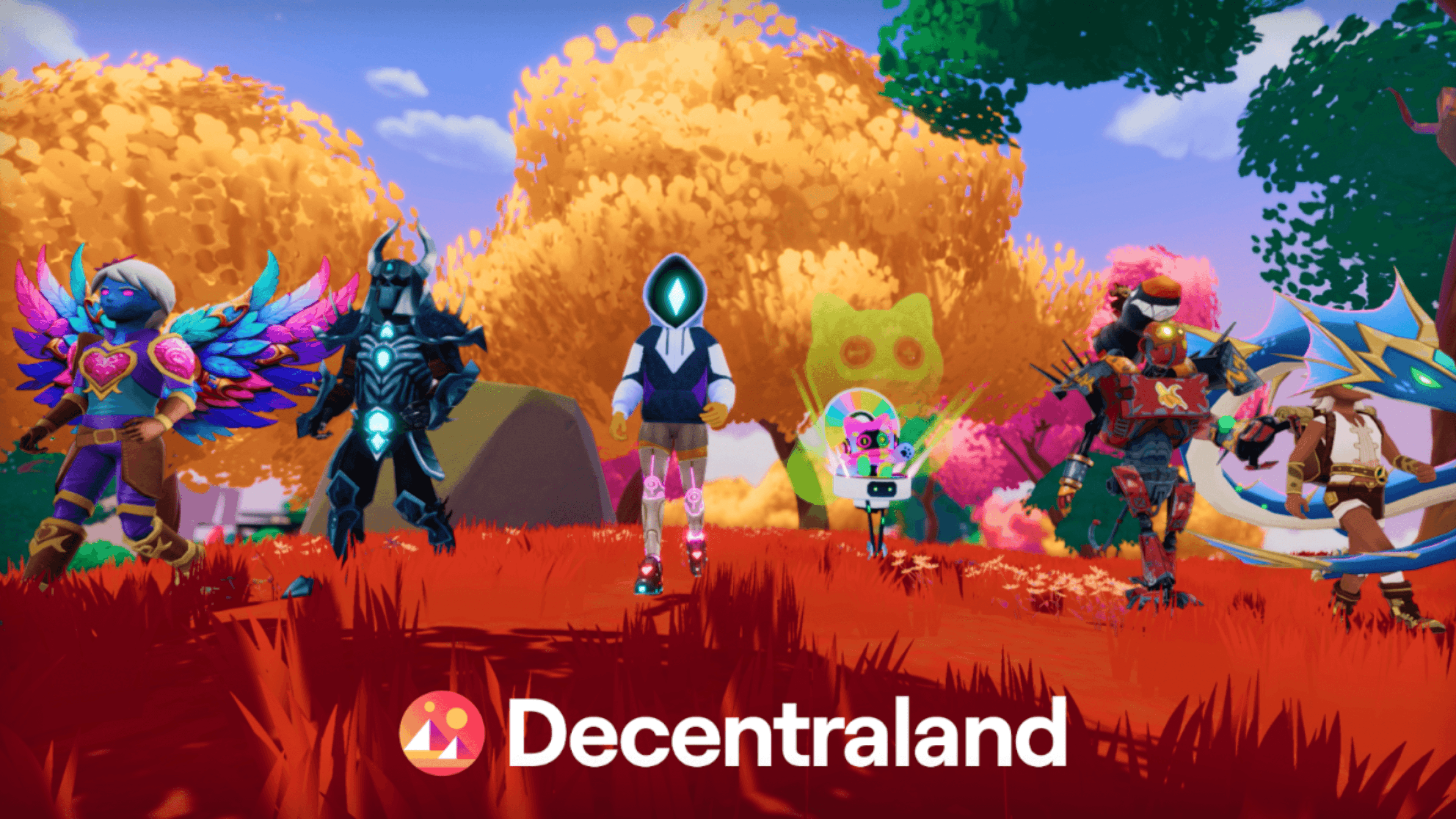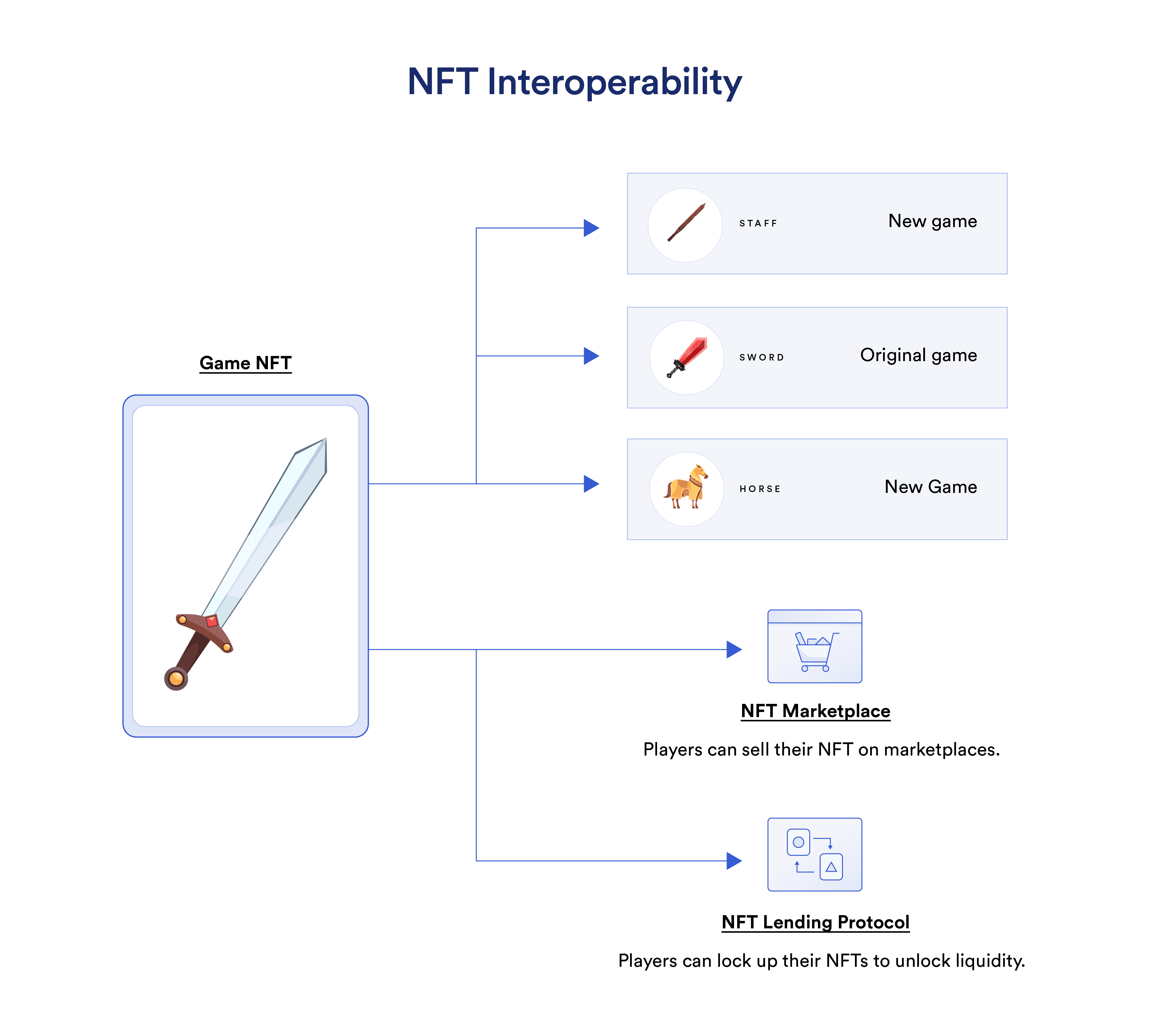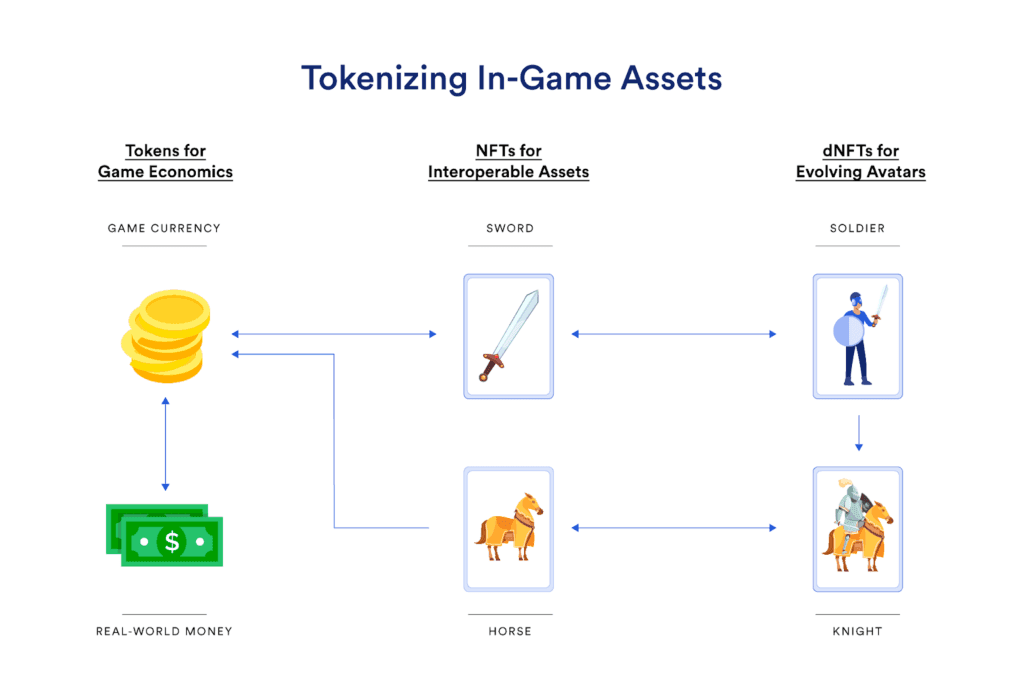Web3 gaming entered the spotlight with bold promises of redefining digital ownership, empowering players, and creating fairer in-game economies. For many the appeal was rooted not in speculation but in the belief that blockchain technology could offer meaningful change to how games are built, played, and valued. What began as a compelling vision of player agency and economic participation soon revealed the limitations of the underlying infrastructure, as well as the challenges of aligning expectations with reality. This article explores Payton’s perspective on the evolution of web3 gaming—where it succeeded, where it fell short, and why he remains committed to building within the space.

Challenges and Realities of Web3 Gaming
Early Promises That Brought Players to Web3
When web3 gaming first emerged, it presented itself as the next logical step in the evolution of digital gameplay. According to Payton, co-founder of WolvesDAO, the appeal was not rooted in hype or speculation, but in a genuine belief that this technology could offer meaningful changes to how games are played and valued. The core ideas were simple: give players true ownership of in-game items, allow them to trade freely, and create opportunities to earn while playing.
For those who had long participated in digital economies—such as buying gold in massive online games—this approach felt intuitive and overdue. There was a belief that gaming could finally respect the time and effort of its players. Items and progress would have permanence. Achievements could be recorded transparently on-chain. The idea of a player-driven economy, where value was shared and recognized, resonated with a community that had often been limited to walled gardens created by game publishers.

Challenges and Realities of Web3 Gaming
A Conceptual Foundation With Gaps in Execution
In the early phase of web3 gaming, many believed they were not just participating in games but becoming stakeholders in evolving ecosystems. Key principles such as ownership, interoperability, and equitable economies were at the center of the movement. However, these ideas, while appealing, were not yet supported by robust infrastructure or clear definitions.
The concept of “ownership” in a blockchain-based game, for instance, often translated to holding a token that served only as a pointer to a file hosted elsewhere. This file could be rendered using standard tools like Unity or stored on centralized platforms such as AWS. In essence, players held a claim to content, not the content itself, which created a distinction between theoretical and practical ownership.

Challenges and Realities of Web3 Gaming
The Misconception of Scarcity as Value
One of the most widely promoted features of web3 gaming was digital scarcity. Many early projects emphasized limited supply as a means of creating value. Players were told that certain items, land parcels, or character traits were rare and therefore valuable. Platforms like Decentraland and Zed Run built their offerings around capped resources, under the assumption that limitation alone would generate lasting utility.
However, scarcity in a digital environment does not inherently create demand or engagement. In many cases, assets were created and sold long before a functioning game or user base was in place. Markets were saturated with "rare" items that had little or no in-game function. This disconnect between scarcity and meaningful use highlighted a broader problem: creating digital scarcity without real-world or gameplay relevance does not translate into long-term value.

Challenges and Realities of Web3 Gaming
Interoperability Remained a Complex Vision
Another major narrative in early web3 gaming was the idea that players could carry assets—such as characters or weapons—across multiple games. While appealing in theory, this level of interoperability is extremely difficult to achieve both technically and creatively. Even in traditional gaming environments, porting assets between games is rare and often limited.
In web3, the reality has proven to be less about moving functional assets between titles and more about carrying proof of ownership or reputation in a shared digital identity layer. This form of interoperability may still have potential, particularly as metadata and on-chain records continue to evolve. However, it does not match the expectations many users had when first entering the space. The promise was overstated, and the execution has yet to meet the conceptual vision.

Challenges and Realities of Web3 Gaming
Economic Challenges in Player-Owned Ecosystems
Fair player economies were another central promise of web3 gaming. The idea was to allow all players to contribute and benefit from the game’s success, facilitated through tokenized systems. Yet in practice, designing a sustainable in-game economy proved to be far more complex than anticipated. Many projects launched tokens without fully understanding the economic dynamics required to support long-term growth and engagement.
Problems quickly arose around token sinks, utility, and market demand. Game developers found themselves in roles akin to central bankers, needing to manage inflation, adjust incentives, and balance gameplay with financial systems. This often detracted from the core focus of building enjoyable, engaging games.

Challenges and Realities of Web3 Gaming
The Rise of Expectation Debt
One of the more difficult cultural shifts brought by web3 gaming was the emergence of “forever utility.” Players who bought NFTs or tokens early in a project often expected lifelong benefits, passive rewards, and continued value accrual. These expectations were reinforced by the way many projects marketed their assets—promising real estate-like value, lifetime access, and ongoing benefits.
This created what some refer to as “expectation debt.” Developers were not only building games but also managing the evolving demands of early supporters. Balancing the needs of existing holders with the need to bring in new users and revenue became a recurring challenge. Projects often found themselves constrained by earlier promises that were difficult to fulfill in a changing environment.

Challenges and Realities of Web3 Gaming
What Remains Worthwhile
Despite these challenges, Payton remains committed to the underlying potential of web3 in gaming. There is still value in the idea of ownership, provided it is real and functional rather than symbolic. The ability to prove ownership, origin, and participation on-chain remains relevant, especially in a digital age where authenticity is increasingly important.
The fundamental building blocks of web3—transparent systems, community participation, and verifiable digital identity—are still worth exploring and refining. While the early hype around web3 gaming may have faded, the search for a better model continues. As Payton notes, the technology is still in place, the community remains engaged, and there are valuable insights to carry forward.



